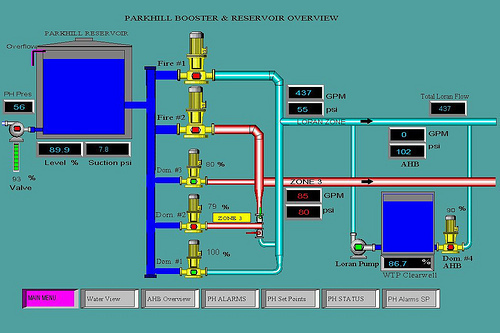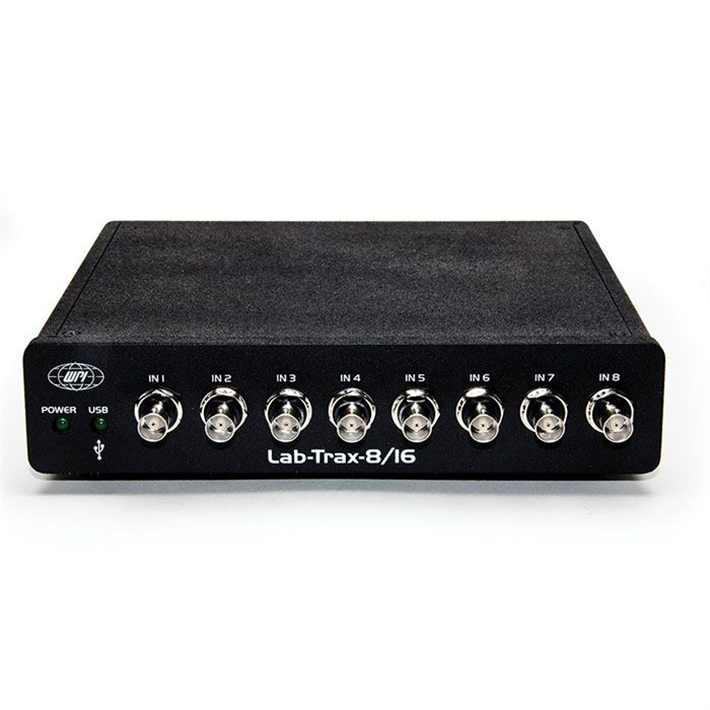

The Rule of Law in Contemporary China (CCCH9041). Business Systems Analysis and Design (ISEM3005). ADVANCED COMMUNICATION SKILLS IN CHINESE (CBS1102P). English and Communication: Persuasive Presentations (LAN4108). Mechanical Engineering Design (MEC4111). This is extremely important when the sensor output signal must be related to an external standard.ĭata acquisition devices are a bridge between sensor and computer system. If you use signal conditioning to adjust the range of the sensor output signal, you must account for the offset and amplification values to determine the measured value from the sensor output. For example, the temperature at the junction of a thermocouple can be calculated if the voltage is known. Sometimes there is an equation relating a sensor’s output to the measured variable. Amplification causes the span to increase whereas adjusting the offset causes all values in the span to be increased or decreased by the same amount. Common changes include amplification and offset. 
When the range of a sensor’s signal is different than the input range of the data acquisition system, signal conditioning can be used to rescale the signal from the sensor.
 Aligning sensor output with DAQ (Amplification and offset). Filtering the signal after the data acquisition system. Filtering the system before it gets into the data acquisition system. Using a bunch of readings so that result can be averaged. We can deal signal noise in following ways: The sources of signal noise includes the system itself and sometimes noise is also created by the electronic sensor itself. If signal is noisy, the gauge needle bounces around while taking a reading. Signal condition is required for following reasons. The process of modifying the output of a sensor is called signal conditioning. A sensor is a device that responds to a physical change and outputs an electrical signal and a transducer is a device that converts energy from one form to another. While lots of physical phenomena have been used for measurements, phenomena that can be related to an electrical property are more useful for automated data acquisition systems. For example, the volume of a fluid expands as its temperature increases, and that physical phenomenon has been utilized to create thermometers. The bottom line when it comes to measuring a variable of interest is identifying some physical phenomenon that changes when the variable of interest changes. Once mismatches between transducers and data acquisition hardware are removed, data can be collected. Signal conditioning may be required to adjust the signal type and range of the output signal to align with the requirements of the data acquisition system. A transducer might be designed to give output voltage in the range of 50-100mV but our data acquisition hardware accepts the input voltage signal in the range of 0-10V. Some transducer might be designed to generate a current signal as output but our data acquisition hardware could have been designed to take a voltage signal as input. Once the sensor outputs a signal that can be transmitted to a wire there are still cases when there could be a mismatch in terms of type and range of signal and type and range of data acquisition hardware.
Aligning sensor output with DAQ (Amplification and offset). Filtering the signal after the data acquisition system. Filtering the system before it gets into the data acquisition system. Using a bunch of readings so that result can be averaged. We can deal signal noise in following ways: The sources of signal noise includes the system itself and sometimes noise is also created by the electronic sensor itself. If signal is noisy, the gauge needle bounces around while taking a reading. Signal condition is required for following reasons. The process of modifying the output of a sensor is called signal conditioning. A sensor is a device that responds to a physical change and outputs an electrical signal and a transducer is a device that converts energy from one form to another. While lots of physical phenomena have been used for measurements, phenomena that can be related to an electrical property are more useful for automated data acquisition systems. For example, the volume of a fluid expands as its temperature increases, and that physical phenomenon has been utilized to create thermometers. The bottom line when it comes to measuring a variable of interest is identifying some physical phenomenon that changes when the variable of interest changes. Once mismatches between transducers and data acquisition hardware are removed, data can be collected. Signal conditioning may be required to adjust the signal type and range of the output signal to align with the requirements of the data acquisition system. A transducer might be designed to give output voltage in the range of 50-100mV but our data acquisition hardware accepts the input voltage signal in the range of 0-10V. Some transducer might be designed to generate a current signal as output but our data acquisition hardware could have been designed to take a voltage signal as input. Once the sensor outputs a signal that can be transmitted to a wire there are still cases when there could be a mismatch in terms of type and range of signal and type and range of data acquisition hardware. #BASIC DATA ACQUISITION SYSTEM PDF HOW TO#
I have already posted a article on how to get data serially on labview which is a example of Data Acquisition system. A transducer can be used to convert the low level voltage signal to a high level voltage signal. When this voltage is sent to a wire it is called a voltage signal. The emf generated is a low level voltage. a thermocouple generates an emf due to two dissimilar metal joined at the it’s junction. Overview of Data Acquisition system: Data acquisition is a process of automatically obtaining data from one or more sensors or transducers directly into the computer system.







 0 kommentar(er)
0 kommentar(er)
